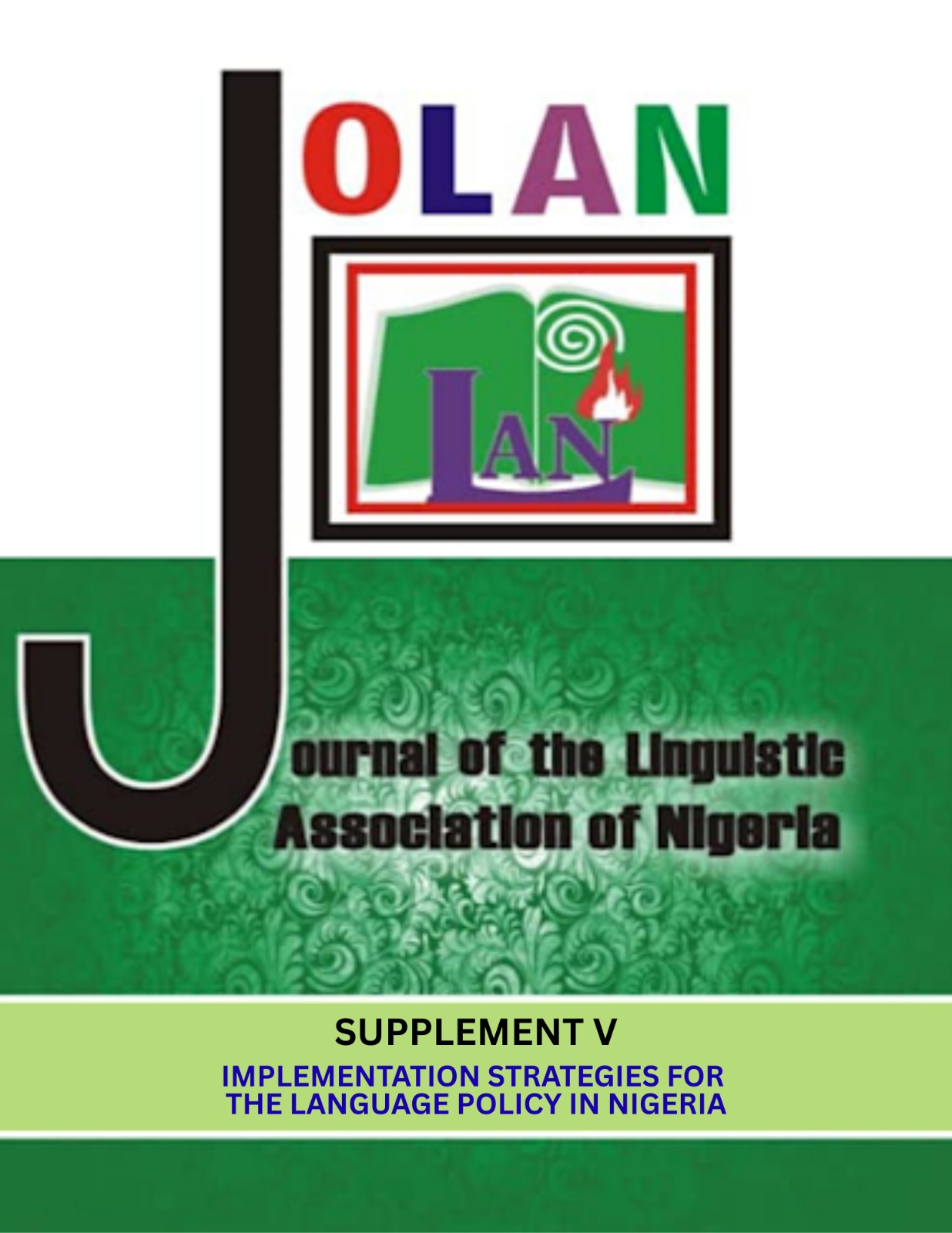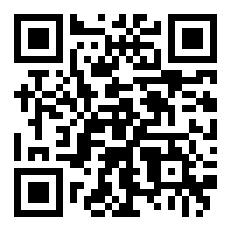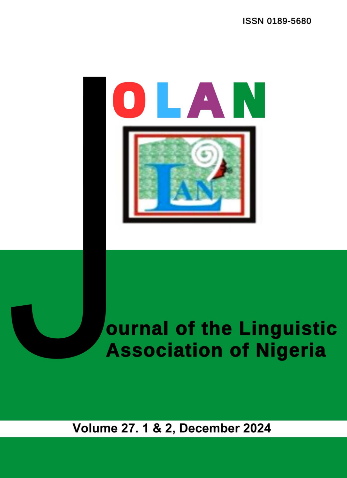Creating new forms from the existing ones: An investigation of morphological processes in selected WhatsApp group chats
DOI:
https://doi.org/10.60787/jolan.vol5no1.421Keywords:
New forms, morphological processes, WhatsApp chats, social media communicationAbstract
This study examines the morphological processes employed on the WhatsApp platform, with a focus on identifying the most commonly used word-formation strategies among its users. A descriptive research design was adopted, combining both qualitative and quantitative methods for data analysis. Two WhatsApp groups were selected, and thirty (30) texts were taken from each, making a total of sixty (60) texts. The texts were analyzed to identify and discuss the morphological strategies users adopt in creating new words for interaction. Findings revealed that minor morphological processes - particularly clipping and initialism, both forms of shortening - are the most frequently used. In the first group,
clipping occurred in 22 texts (73.3%), while initialism appeared in 8 texts (26.7%). In the second group, clipping was found in 13 texts (43.3%), initialism in 11 texts (36.7%), blending in 5 texts (16.7%), and aphetic forms in 1 text (3.3%). The study concludes that WhatsApp users rarely employ major morphological processes such as affixation, compounding, and conversion in the creation of new words for communication on the platform.
References
Ali, M.S.;& Kootbodien, A. 2017. The Effectivenesss of WhatsApp as an Interpersonal Communication Medium among Abu Dhabi University Students. International Journal of Media, Journalism and Mass Communications. Vol. 3(1): 11-19.
Amadi, C. E. & Mbah, C. 2023. A Study of Language Politeness in Students' and Lecturers' Whatsapp Conversation: A Sociolinguistic Approach. Retrieved January 19, 2025, from Wikipedia: https://wiki.net.org
Bauer, L. 2003. Introducing Linguistic Morphology (2nd Edition). Edinburge: Edinburge University Press.
Blabst, N.; & Diefenbach, S. n.d.. Whatsapp and Wellbeig : A study on WhatsApp usage and Communication quality and stress. Retrieved June 30, 2024, from https://dx.doi.org/10.14236/ewic/HC12017.85
Br Gulton, M.A.; & Rahmadini, N. F. 2020. The Relation of the Use of Language in Social Media to Politeness among Students. Journal of Faculty of Sciences Campus B Dalam Surabaya , 1-13.
Carstairs-McCarthy, A. 2002. An Introduction to English Morphology: Words and their Structure. Edinburge: Edinburg University Press.
Ezenwamadu, N. n.d.. An Analysis of Language Usages in Short Messages Service (SMC) and Whatsapp . ANSU Journal of Language and Literary Studies , 3 (1), 23-31.
Jackson, H.; & Ettienne, Z. n.d..Words, Meaning and Vocabilary: An Introduction to English Lexicology. Continuum Publisher.
Jassim, H. J. 2023. The Impact of Social media on Language and Communication. Dogo Rangsang Research Journal.
Lieber, R. 2009. Introducing Morphology.Cambridge: Cambridge University Press.
Matt, E. 2022. MORPHOLOGY. Retrieved June 29, 2024, from Grammarly: https://www.grammarly.com/blog/morphology/
Morphological Processes. (2024, May 29). Retrieved June 29, 2024, from gabormelli.com: https:www.gabormelli.com/RKB/morphological_ processes
Morphology. 2024. Retrieved June 29, 2024, from Study Smarter: https://www.studysmarter.com.uk/explanations/english/morphology/
Ogundeji, A. 2024. A Study of Speech Acts in Whatsapp Conversations on Non-teaching Staff of University of Uyo. Retrieved January 19, 2025, from Wikipedia: https://wiki.com
Prospero English.. 2020. Retrieved June 29, 2024, from Morphological Processes: Inflections, Derivations, Compounding: https://prosperoenglish.com/posts/grammar/morphological processes-inflectionsderivations-compounding/
Samah, N.A.; Rahman, K. A.; & Ashari, Z. M. 2021. WhatsApp and its Potential to Develop Communication Skills among University Students. International Journal of Interractive Mobile Technologies. Vol. 15(23). 57-71.
Shubhra, S.; & S, Krisna, D. 2024. An Analysis of Whatsapp Interactions Among Youth: A Case of Language Attrition. Retrieved January 19, 2025 from https://resaerchgate
Usman, Y. D.;& Bukar, A. 2022. Students' Usage of WhatsApp as a Supporting Tool for Learning in Kaduna State, Nigeria. International Journal of Education and Development Using Information and Communication Technology. 147-158.
What is social media language? (n.d.). Retrieved June 29, 2024, from google.com: https:www.google.com/search?q=language+social+media+communication&client=ms-opera-mini-android&channel=new
Downloads
Published
How to Cite
Issue
Section
License
Copyright (c) 2025 Journal of The Linguistic Association of Nigeria

This work is licensed under a Creative Commons Attribution-NonCommercial-ShareAlike 4.0 International License.














